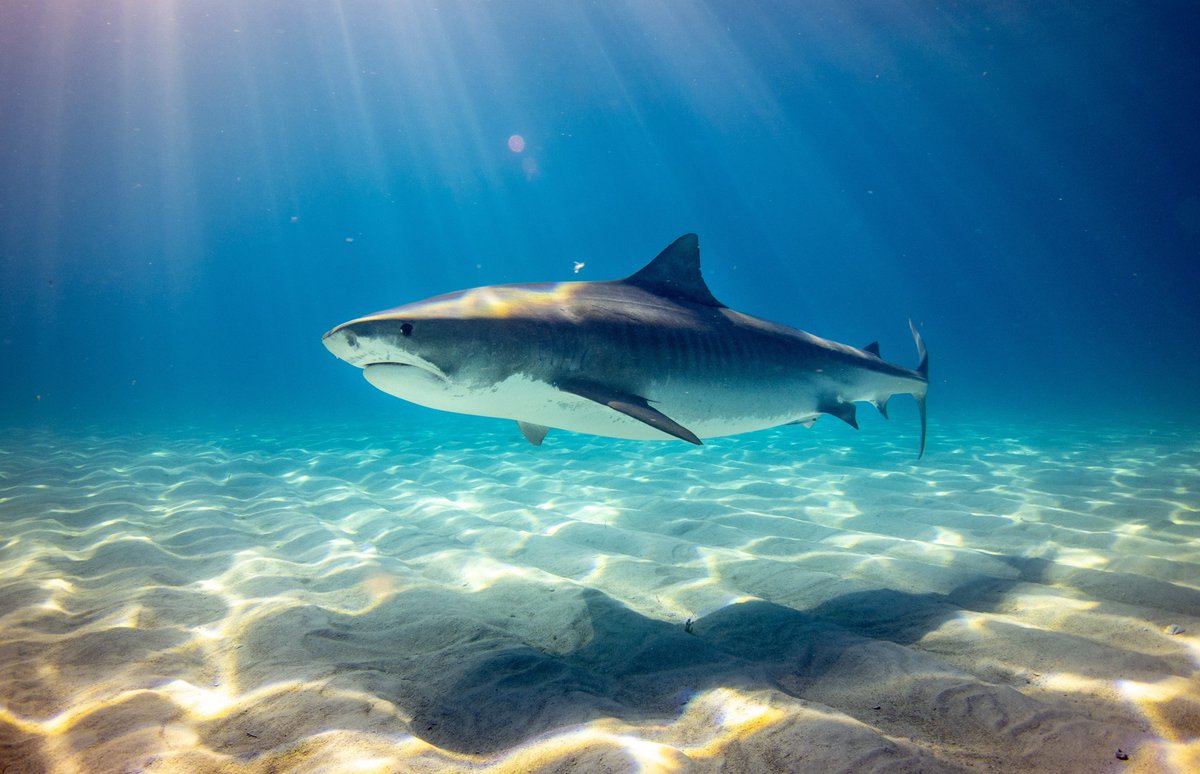
One approach to reducing #HWC and its impacts is to develop tools that promote human-wildlife #coexistence. An eye-catching project conceived by Taronga scientist @HWConflict is one such example. #ScienceWeek PC: Bobby-Jo Vial. 

By hijacking a common anti-predator signal and applying it in a novel context in #Botswana, the team were able to reduce livestock losses to #lions. nature.com/articles/s4200… PC: Bobby-Jo Vial. 

The eye-cow approach was very successful in reducing predation by #lions, and Taronga produced detailed “how-to” guides to using the technique with locally available resources, prompting interest and subsequent trials in Peru, USA, India, and Kenya. carnivorecoexistence.info/african-carniv…
You can also read about this #HumanWildlifeConflict #lion #conservation tool here in The Conversation theconversation.com/lions-are-less… #lions #carnivores @TC_Africa @_TCglobal
#Science will again be key to determining whether the technique also works in these scenarios, and whether reduced livestock predation improves livelihoods and has positive #conservation outcomes for #carnivores. PC: Bobby-Jo Vial. 

• • •
Missing some Tweet in this thread? You can try to
force a refresh












